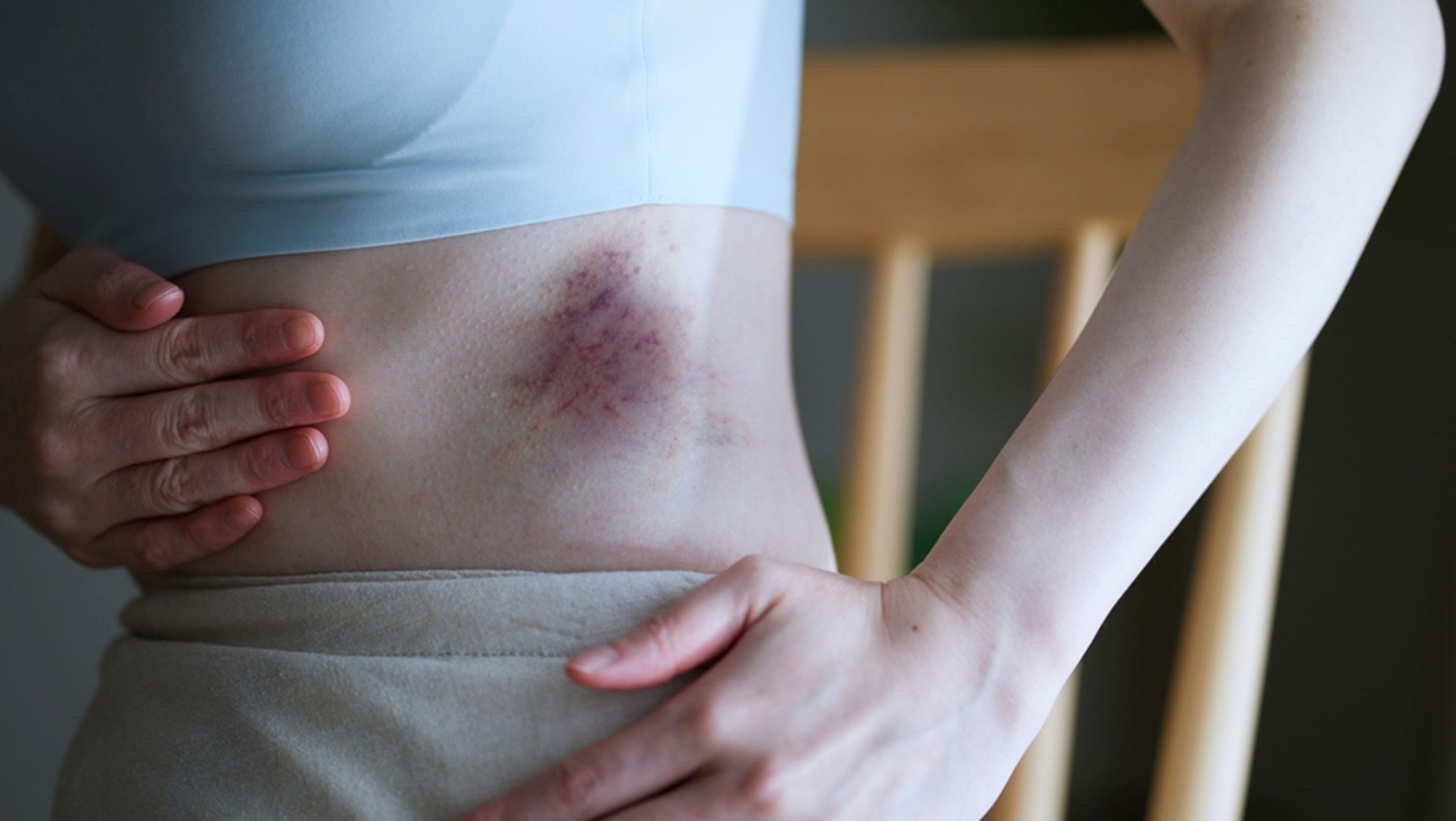Direct trauma to any part of the body can be extremely harmful, especially when it leads to internal bleeding.
Understanding the signs and symptoms of internal bleeding is critical in helping you or a loved one get the treatment you need sooner.
If you’ve recently experienced trauma due to an accident, it is crucial to effectively evaluate your symptoms to ensure that the pain and magnitude of the injury do not go more than skin deep.
Let’s dive into understanding precisely what internal bleeding is, including how it’s caused and the symptoms you may experience.
What Is Internal Bleeding?
In simplest terms, internal bleeding is any type of irregular bleeding that happens inside your body. It most commonly occurs in the chest, abdomen, or muscles due to direct trauma.
Internal bleeding is sometimes referred to as “hemorrhaging.”
Internal Bleeding Symptoms
The symptoms of internal bleeding vary from person to person and are based mainly on the cause of the injury itself.
It is important to understand that symptoms do not always correspond directly to the severity of the issue and can be mistaken for other conditions or problems.
Internal bleeding symptoms usually start off as mild and become severe over time.
The most common signs and symptoms include
- Lightheadedness
- Pain, especially in or near the affected area
- Trouble breathing
- Tingling in the arms, legs, hands, or feet
- Vision changes
- Nausea or vomiting
- Sudden sweating
- Bruising
- Changes in mental state
- Memory issues
- Loss of consciousness or fainting
If you are experiencing any of the above symptoms, especially after impactful trauma it is critical to seek medical diagnosis and treatment right away.
Site-Specific Symptoms
Although the aforementioned symptoms are the most commonly experienced for a majority of those who have internal bleeding, certain symptoms are site specific. They are often the first indication of underlying internal bleeding.
Here are some site-specific internal bleeding symptoms to be on the lookout for after you or a loved one experiences trauma:
Brain
- Nausea and vomiting
- Severe headache
- Vision changes
- Weakness, especially on one side of the body
- Seizures
- Confusion
- Loss of consciousness
Abdomen
- Swelling
- Bruising around the belly button
- Widespread pain
- Bloody vomit
- Rectal bleeding
- Blood in the stools or urine
Chest
- Coughing up blood
- Shortness of breath
- Pain when inhaling
- Bruising, especially on the neck and chest
- A gasping cough
Joints, Bones, and Muscles
- Severe bruising
- Pale and tight skin
- Difficulty moving joints in a full range of motion
Causes
Internal bleeding is most often the direct result of trauma to a specific area of the body.
The most common traumas that lead to internal bleeding include
- Blunt force trauma—such as a direct hit, punch, or high-velocity impact from a car accident, sports injury, or otherwise.
- Penetrating trauma—when an object enters the body, such as a bullet, knife, shrapnel, or broken glass.
- Fractures—especially to the legs, arms, or pelvis. This can lead to torn blood vessels.
- Deceleration Injury—caused by the abrupt stop of a vehicle, most often in a car accident. This can lead to broken blood vessels and severe organ injuries that cause bleeding.
Other less common causes of internal bleeding include
- Aneurysms
- Bleeding disorders
- Hemorrhagic fevers
When to Visit Urgent Care for Internal Bleeding
It is critical to understand that if internal bleeding is left untreated, it can quickly become life threatening.
You should visit Oxford Urgent Care or the emergency room if you are experiencing
- Abdominal pain
- Chest pain
- Shortness of breath or difficulty breathing
- Lightheadedness
- Fainting
- Blood when coughing or sneezing
- Vision changes
- Impaired mental status
If symptoms are severe, call 9-1-1- right away.
Immediate Care for Internal Bleeding and Trauma
If you’re experiencing symptoms consistent with internal bleeding, especially after trauma to a specific part of your body, you should seek emergency or urgent care treatment immediately to check for signs of trauma.
Severe internal bleeding can lead to serious complications, like shock, organ damage, or organ failure, that will worsen quickly if left undetected or untreated.
Don’t delay diagnosis. Visit Oxford Urgent Care for the internal bleeding treatment you need right now. We are open seven days a week, and no appointments are ever necessary; simply walk in.

